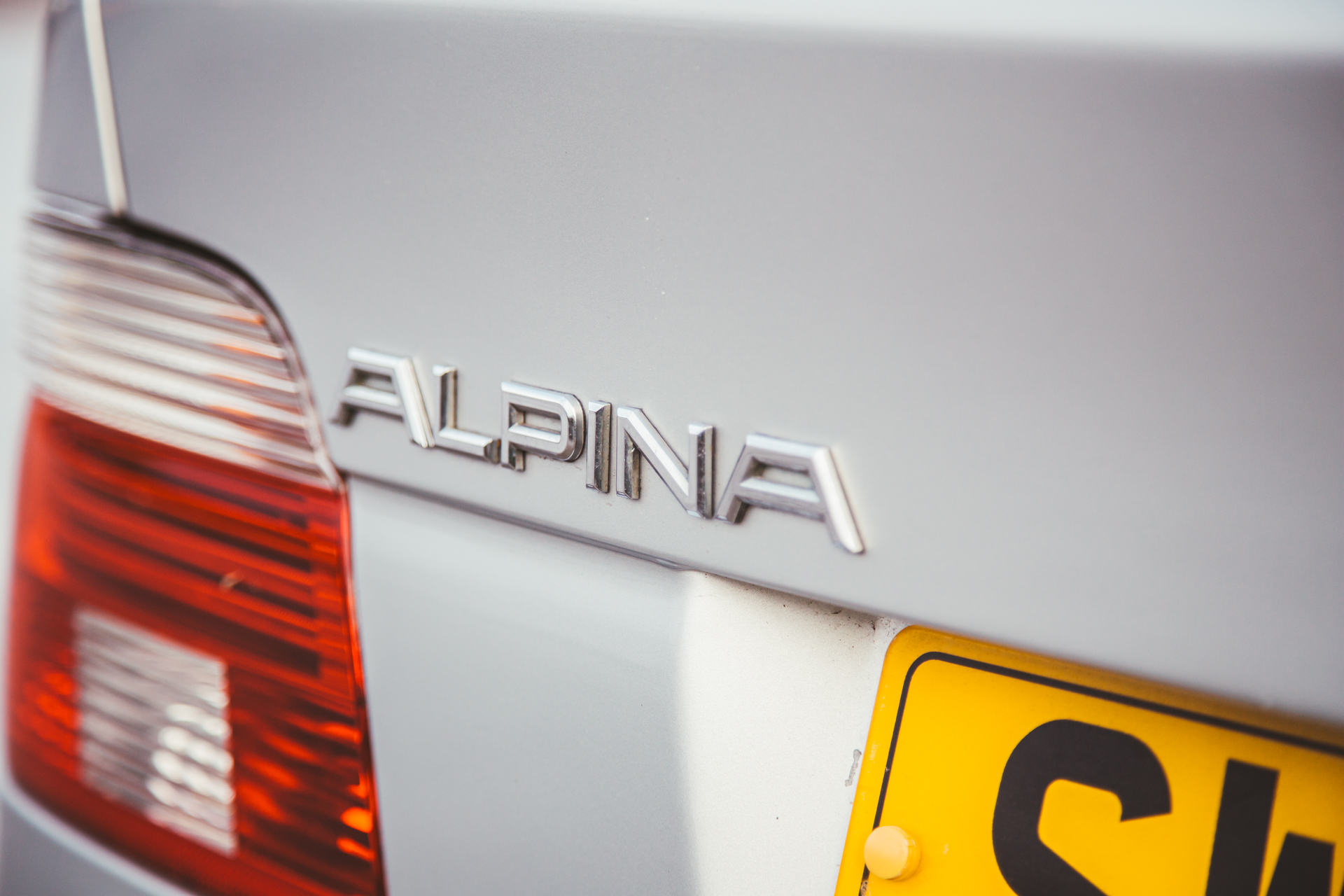
The pursuit of power in the automotive world is not a modern phenomenon. Some say it happened the day after someone bought the second car ever built, and the owner of the first car found out it was faster.
For generations, petrolheads around the globe have been working on furthering the ever expanding horizon of performance. Whether that be horsepower, handling, lightness etc. it is a constant and headcharging crusade against the laws of physics, metallurgy and sometimes common sense.
Certain names become established at being particularly talented for getting the most ‘potential’ out of a certain brand or model. For instance, Burton Performance in the Ford world or the legendary name of Coombs within the classic Jaguar-sphere.
In Europe, the tidal wave of fast, comfortable and relatively agile performance cars would begin in the 1960’s. In Germany especially, the reconstruction and reconnecting of road networks after the devastation of the second World War would pave the way for the legendary ‘bahn-stormers’ that would follow in the next 40 years.
The likes of brand-external companies such as AMG, Brabus, RUF, Kremer, AC Schnitzer, Hartge and Alpina would flourish in this environment and combine outrageous performance with careful, purposeful and immaculately executed engineering.
Each one of these companies would be connected to a certain brand. In the BMW world, the most legendary of these names is arguably Alpina – the infamous tuners that we are going to talk about today.
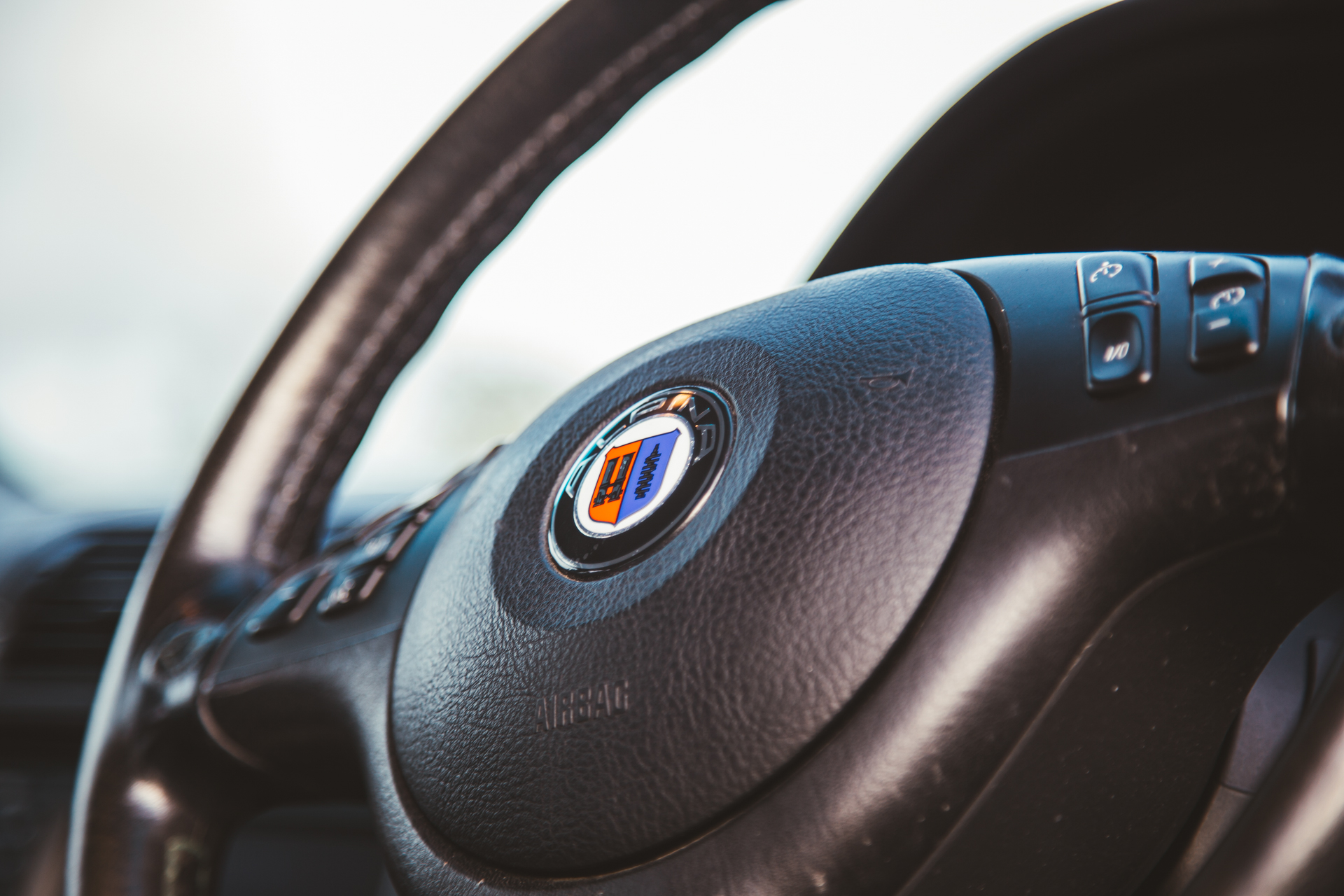
Burkard Bovensiepen began his connection to BMW in the early 1960s – initially developing a way of running a larger set of Weber carburetors on the then very popular BMW 1500 giving it more power for those who wanted it. This carburetor package would become sought-after in the BMW world, with both the press and BMW themselves commenting on how well thought out the package was but the real performance advantages that it offered.
After having various cars run this 1500 carburetor package for several years (including one allegedly being fitted to BWM sales director Paul G. Hahnemann’s personal car) the Bavarian manufacturer actually certified the set-up for use on their cars, meaning if your BMW had the new Alpina/Weber carburetor combination it was fully ok’d by the manufacturer.
Going back, where did Alpina come from?
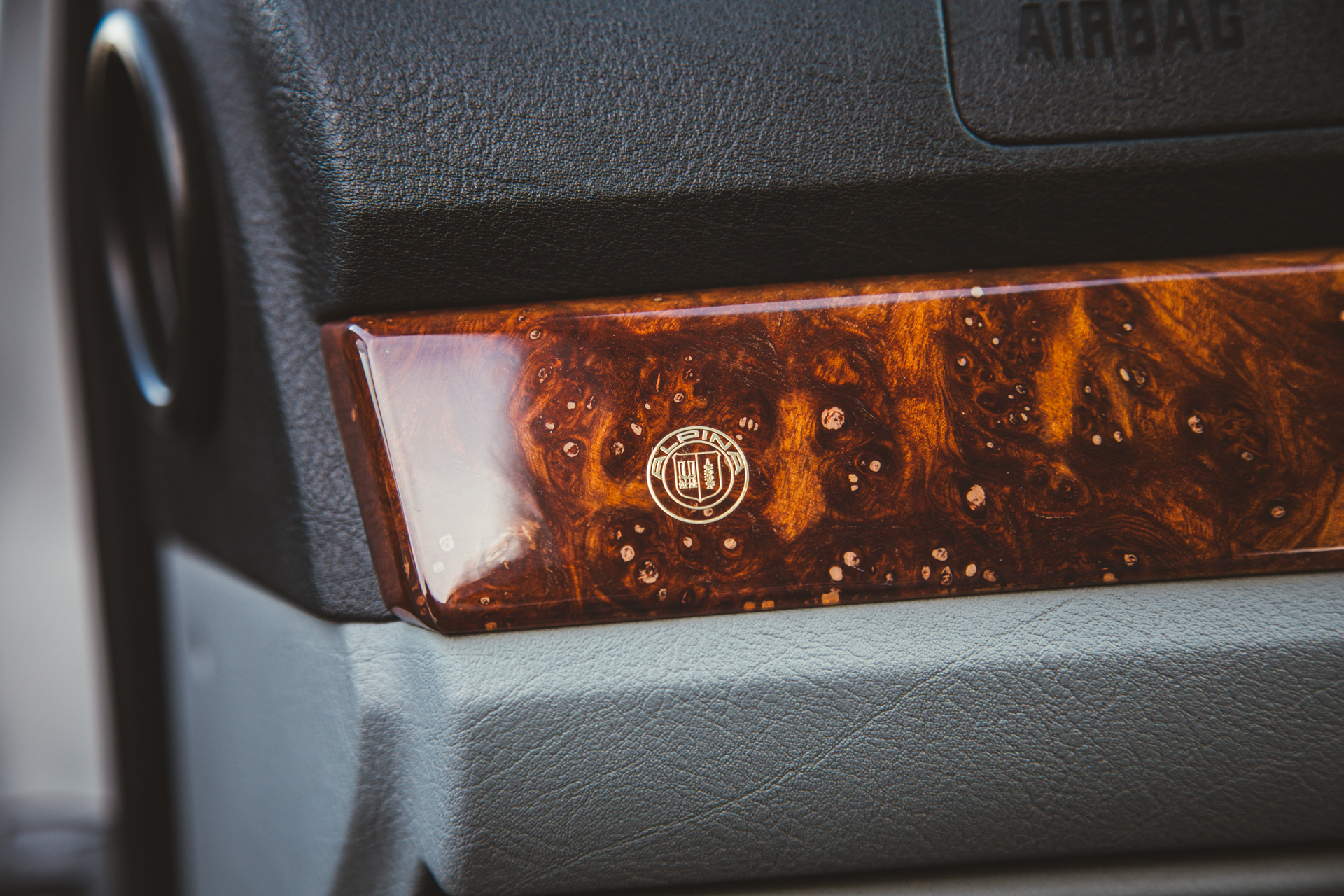
Well, let’s go back. Originally, the company had been founded to produce typewriters but then it decided to move into the textiles business before in 1965 officially being registered as a BMW tuning company with 8 official employees. The company, as a BMW tuner, was established by Burkard Bovensiepen whose family were part of a industrial dynasty in Germany. The family, although originally dutch, had been involved in manufacturing and commerce for generations. Burkard’s father had been involved in manufacturing typewriters and other office equipment which the BMW tuning company of his son would take of the factory from.
Once they had established themselves as a trust worthy and certified supplier of speed and performance to the BMW community with their carburetor packages, the company would expand into developing and reworking BMW production cylinder heads, camshafts, crankshafts, piston sets etc. to gain the most out of the production line pieces. These core beginnings, would actually go on to influence the crest which sits at the heart of the Alpina badge, one half of which is made up of a set of velocity stacks from the early Weber carburetors and the other an early Alpina crankshaft. In just a few short years, the firm would need to expand the workspace thanks to their reputation and demand. By 1970, the company had relocated to Kaufbeuren to their long term home at Buchloe.
One thing which will push innovation and performance harder than any other, whilst also driving sales, is motorsport. From it’s earliest days, cars which performed the best – sold the best. In Europe at the time, as was the case in the UK, motorsport gripped the public. Herculean efforts of strength, endurance and tenacity would make gladiators of mere mortals in a weekend only for them to fall foul of their adoring crowds the next week.
Alpina realised the potential of motorsport early on. Not just as marketing tool, but as moving and dynamic test bed for their parts.
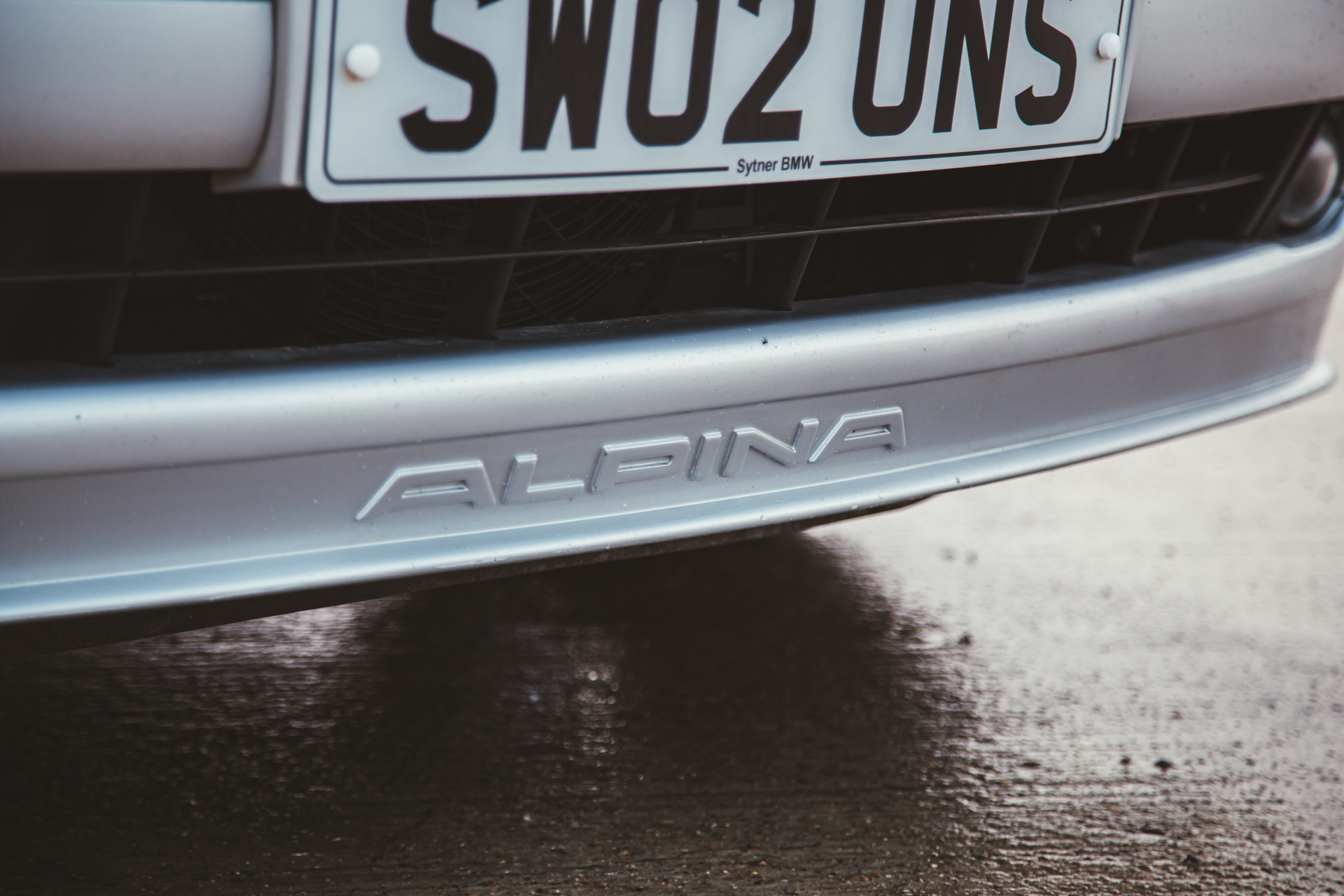
Beginning in 1968, Alpina would enter the pantheon of racing. Not just in one particular discipline, they wanted to prove that their parts and their know-how could perform in any situation. Between 1968 and 1977, Alpina would win multiple championships in saloon/touring cars, rallying, club racing, hillclimb racing as well as proving their incredible durability with endurance racing. The best year for Alpina’s motorsport division was 1970, when the team would rack up championship wins in European touring cars, the German Hillclimb championship, the Germany rally championship and then to top it all of would win the legendary 24hrs of Spa in Belgium to win the European Touring Car Championship with their own Alpina-prepared BMW 2800CS. The team would attract some of the best drivers of the day such as Günther Huber, Helmut Koinigg, Jackie Ickx, Hans Stuck, Niki Lauda, Derek Bell, James Hunt and a host more.
At this time, Alpina were an aftermarket provider and tuner for BMW products – creating various parts and performance packages for the likes of the 2002Tii, 2800CS, E9 3.0CSL, 1500 and a host of others.
In 1983, Alpina became recognised as a stand-alone manufacturer by the German Federal Ministry of Transport. Meaning no longer would it be a BMW tuned by Alpina. It was now an Alpina however was bought through the BMW dealer network and could be serviced and warrantied by BMW beginning with the E21 based C and B models. In 1988, Alpina would leave motorsport and focus on the production of their high-performance road cars.
Since the beginning, the process of building an Alpina has been personal. The team would handbuild the engines for their production cars to the various performance packages available, which would then be delivered to the BMW factory. There, the BMW technicians would fit the engine into the bodyshell of the car.
Then once the painted bodyshells with the engines installed were ready, they would transported back to Buchloe for the small, and talented team at Alpina to go through the process of making the car truly an Alpina. The interiors for the car are bespoke as well as the fitting of the Alpina specific parts are all installed at this point in the cars journey. Each step of the cars transformation, both on and under the skin, is entirely handbuilt – this means that each model of Alpina is purely a limited edition and exclusive.
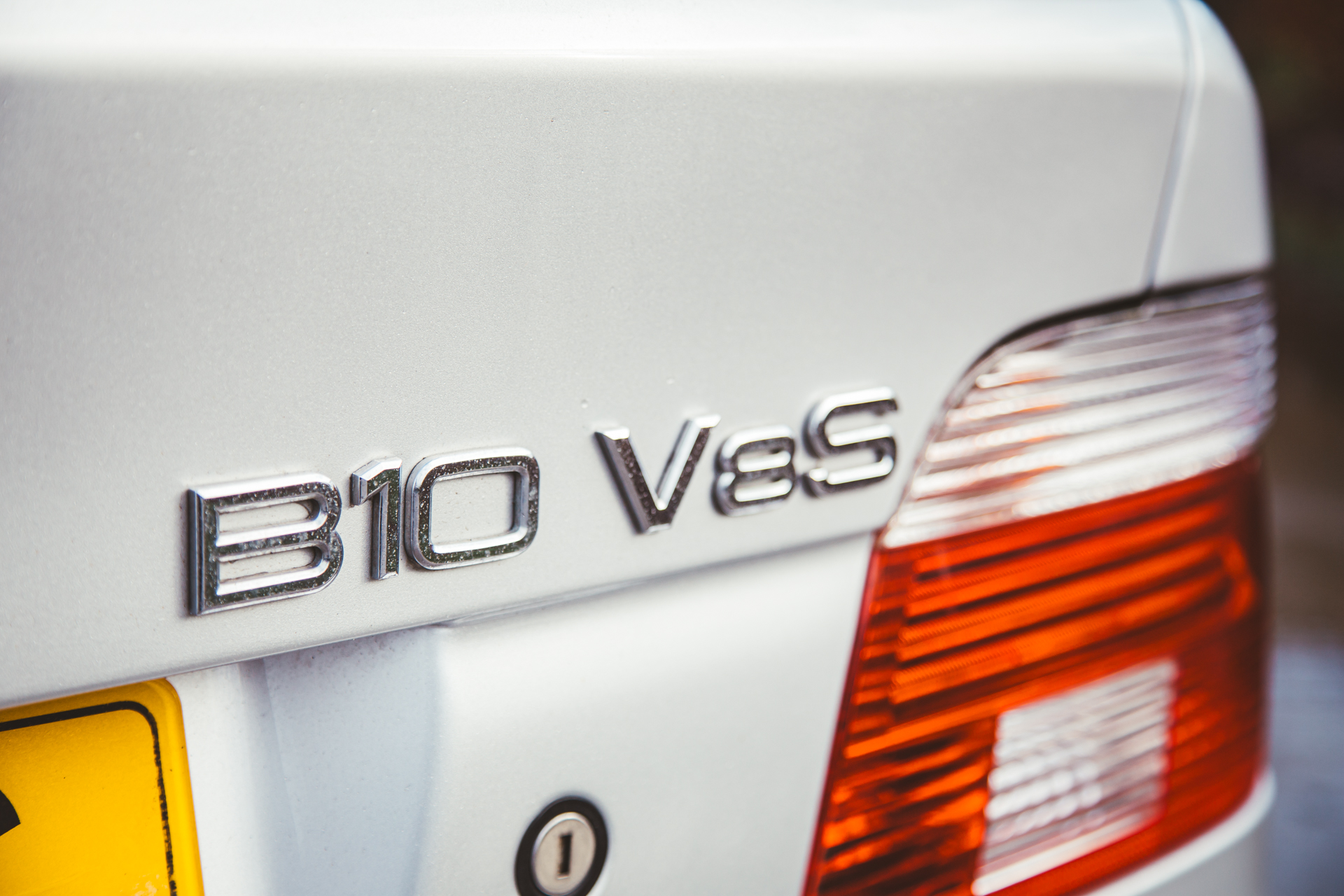
It’s not just the engines though which are reworked and optimised, Alpina actually has its own division of performance gearbox specialists which pair the upgraded transmissions to the designated engines for maximum strength, performance and reliability.
There are certain traits on the exterior and interior of Alpinas which are unique and all trace back to the brands heritage in one way or another. For example, the ‘Switch-tronic’ buttons on the steering wheel. The reason for these? Well, Alpina were the first to mount the shift buttons on the steering so it has become somewhat of a tradition. Along with that there is a very specific set of wheels which have simply become known as ‘Alpinas’. These are the carefully made and engineered hollow 20 spoke wheels. If you look, you’ll see no tyre valve on the wheel itself – instead it is hidden inside the hub cab and connected to a hollow spoke within the wheel. These along with Alpina only exterior and interior colour options and design features make these cars truly one of a kind and to petrolheads, instantly identifiable as something special – each car is also stamped with its build number to certify its exclusivity.
As some of you know, we currently have a 2002 Alpina B10 V8S available on our Bridge Classic Cars Competitions. One of just 145 E39 based V8S’s to be built in 2002, with in that there were just 42 right-hand drive cars produced. Out of the very limited number of V8S’s built, this is number 76 out of the production run.
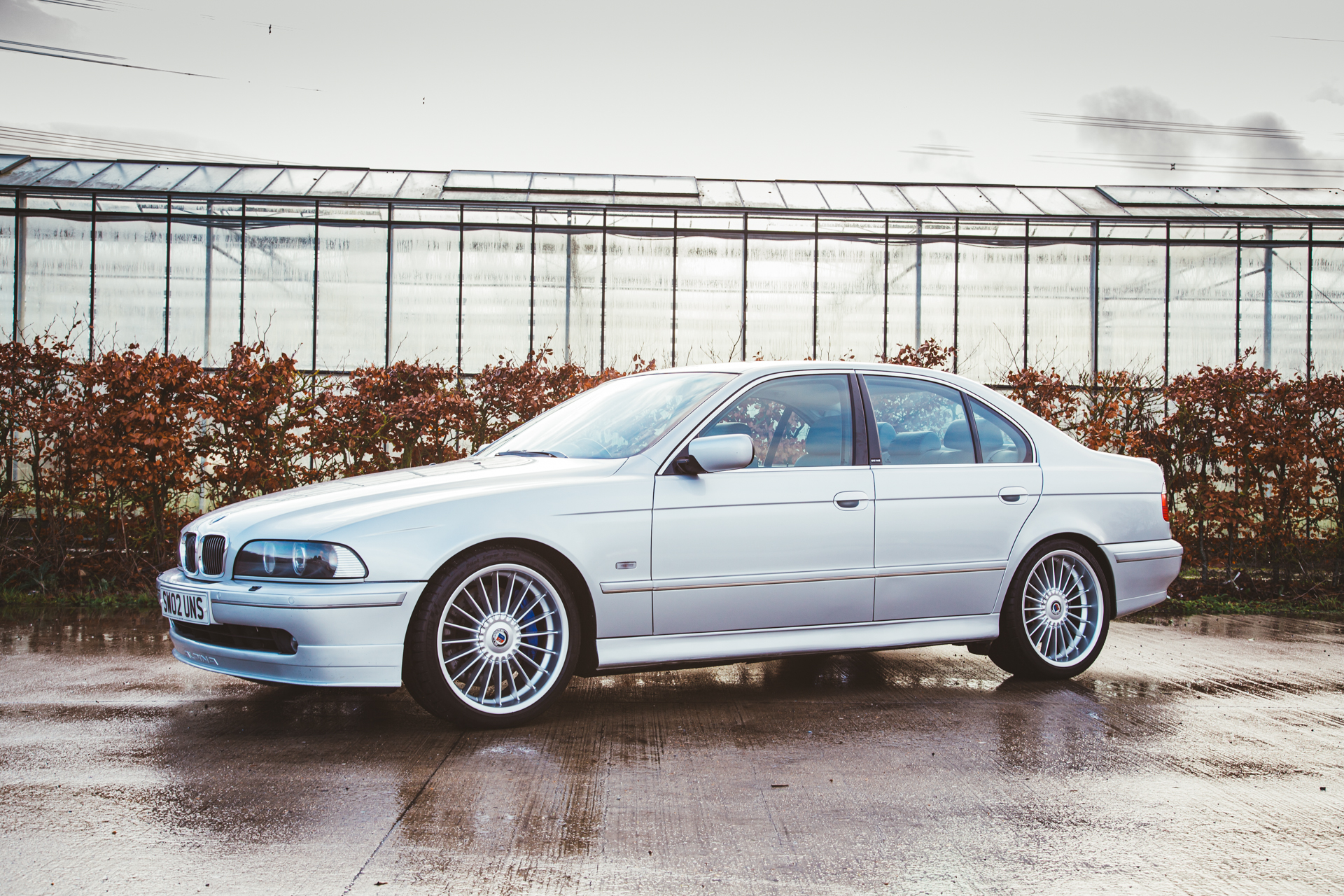
The car’s creation would be like its other siblings, handbuilt and personalised. The changes though to a ‘regular’ V8 would set it apart.
The V8S’s engine would be specially built for the cars by the Alpina team. Taking the standard B10 engine as its basis, the engines bore would remain the same but thanks to a long through on the crankshaft, the V8S would produce more torque than its E39 M5 rival, developing 375BHP and an impressive 510Nm of Torque. This increase would also give the V8S a displacement of 4.8-litres over the 4.6-litres of the ‘standard’ B10 V8. This engine proved to be quite the powerhouse and would later be used in the Alpina variant of the BMW Z8, before being taken on by BMW as the production engine for the range topping 4.8is engine in the BMW X5.
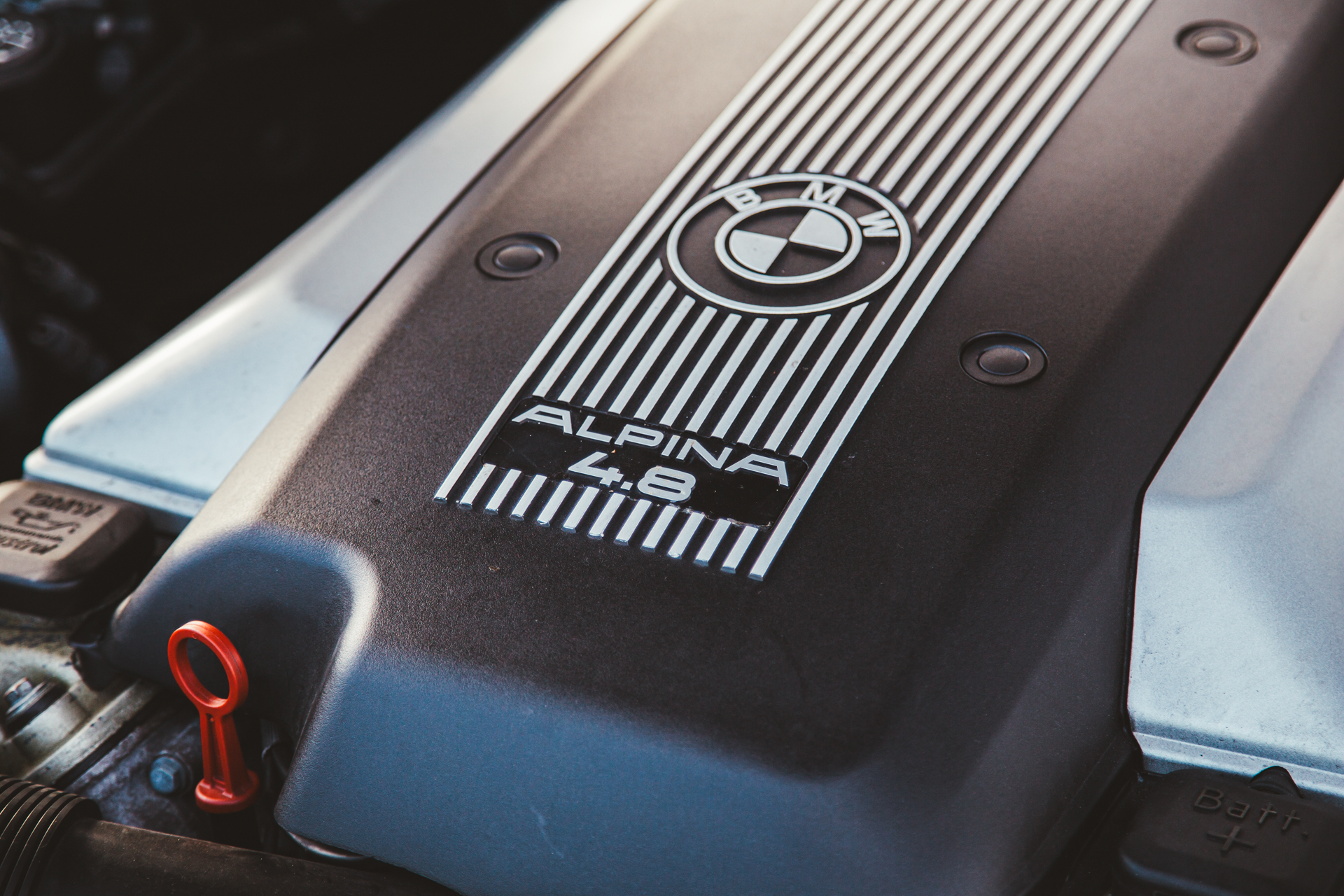
Along with the increase in power, the Alpina team would turn their attention underneath the car its brakes and suspension.
The B10 V8S would received upgraded and stiffer suspension than the standard B10 V8, this was to work with those hollow 20 spoke wheels, now measuring in at 19” in diameter. To give the car a more planted feel, the Alpina team would make these wheels 8.5” wide in the front and 9.5” in the rear. These wheels would also go to perfectly show off the brake package selected for V8S. Beautiful 4-piston aluminium calipers made specifically for Alpina by brake specialist Brembo along with a set of larger drilled discs to better dissipate heat.
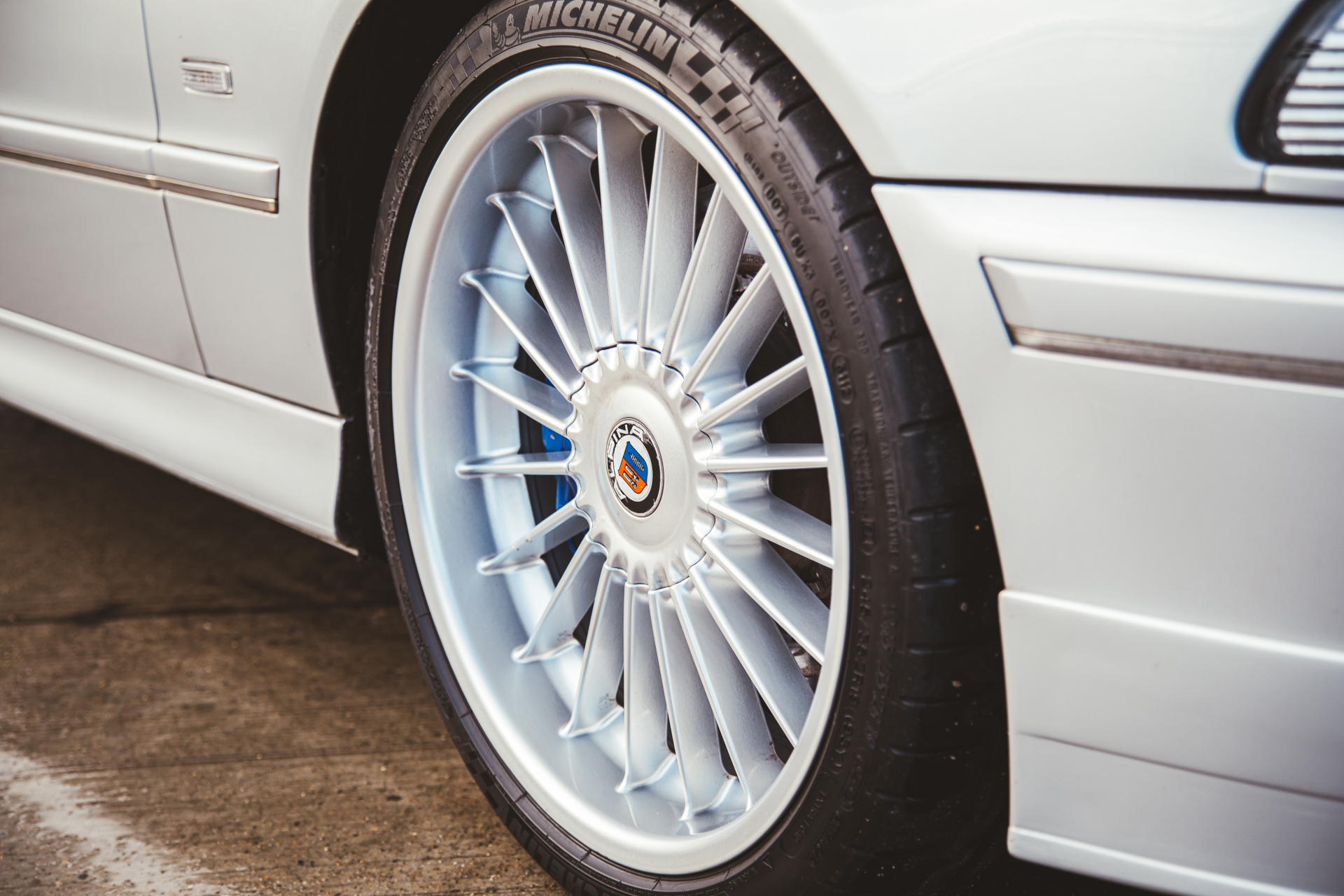
With its performance upgrades and unique package, the E39 based B10 V8S would top out at over 175MPH and achieve that all important 0-62mph dash in just 5.4 seconds (in a luxury 4-door saloon…).
And you could win one of these incredible machines for just a few pounds by clicking here!
